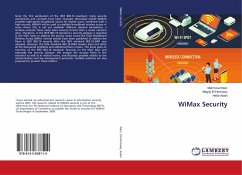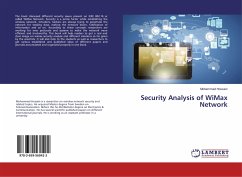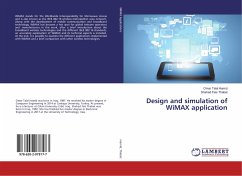Since the first publication of the IEEE 802.16 standard, many security mechanisms and concepts have been changed. Nowadays mobile WiMAX provides high-speed broadband access for mobile users, combined with a high security. WiMAX will be used to establish broadband wireless access in areas where DSL is not yet available. Without physical boundaries, a wireless network faces many more security threats than a wired network does. Therefore, in the IEEE 802.16 standard a security sublayer is specified in the MAC layer to address the privacy issues across the fixed Broadband Wireless Access (BWA). Several articles have been published to address the flaws in IEEE 802.16 security after the IEEE standard 802.16-2001 was released. However, the IEEE standard 802.16-2004 revision does not settle all the discovered problems and additional flaws remain. This book gives an overview of the IEEE 802.16 standard, focusing on the MAC layer and especially the security sublayer. We analyze the security flaws in the standard as well as in related works, and illustrate possible attacks to the authentication and key management protocols. Possible solutions are also proposed to prevent these attacks.








